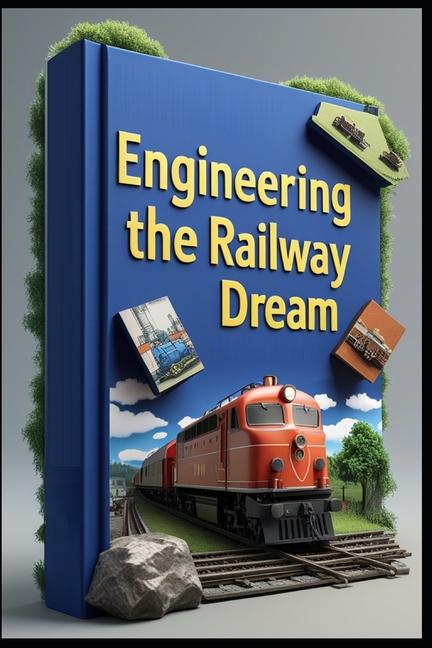Description
The book delves deep into the architectural and engineering marvels that made railway expansion possible. From the masterminds who designed impossible bridges spanning treacherous gaps to the visionaries who carved tunnels through mountain ranges, each achievement represents a triumph of human ingenuity over natural obstacles. Special attention is given to the development of signal systems and safety measures that transformed railways into reliable networks, alongside the architectural splendor of grand terminals that became symbols of urban progress.
As the narrative progresses, readers are transported across diverse landscapes, from scorching deserts to frozen arctic territories, examining how engineers adapted railway technology to extreme conditions. The book explores the specialized challenges of mountain railways, underground networks beneath bustling metropolises, and the intricate systems required to maintain efficient operation in varying climates. These accounts demonstrate the versatility and resilience of railway engineering across different geographical challenges.
The golden age of steam receives particular attention, with detailed examinations of legendary locomotives and luxury passenger services that defined an era of elegant travel. From the Orient Express to the mighty workhorses of freight transportation, the book captures the romance and raw power of classic railroading while explaining the technical innovations that made such services possible. The transition from coal to electric power marks a crucial turning point, illustrating the industry's ability to evolve with technological advances.
Modern developments take center stage as the book examines the high-speed rail revolution and its impact on contemporary transportation. Readers learn about the engineering principles behind bullet trains, magnetic levitation, and other cutting-edge technologies that are pushing the boundaries of rail transport. The narrative also emphasizes the importance of preserving historical railway heritage while embracing future innovations, creating a bridge between traditional and modern engineering practices.
The final section looks toward the future of rail transport, exploring emerging technologies and sustainable solutions that will shape tomorrow's railways. From environmental considerations to automated systems, the book examines how railway engineering continues to evolve in response to global challenges. This comprehensive examination of railway engineering serves not only as a historical document but as an inspiration for future generations of engineers and railway enthusiasts, demonstrating how the industry continues to innovate and adapt to changing times.
Product Details
- Jun 17, 2025 Pub Date:
- 9798288424571 ISBN-10:
- 9798288424571 ISBN-13:
- English Language




